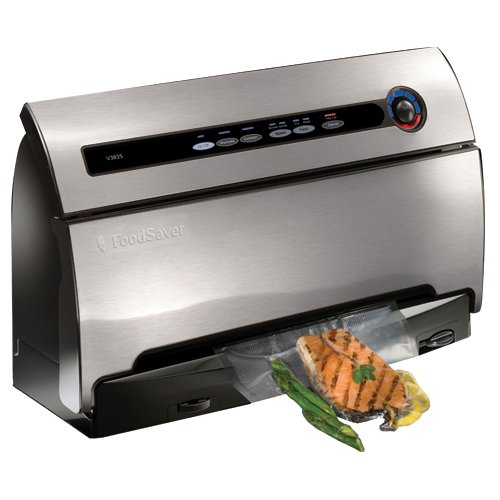Using a microwave oven doesn't have to just mean heating up a TV dinner. Although microwaves can vary drastically in the amount of their cooking times, there are some general principles that can be followed.
1. Start with a recipe that you are familiar with. That way, you will know how it is supposed to taste before you start.
2. There are some foods that must be cooked in a conventional oven, such as any pastry dish or dessert that has not been precooked in a regular oven or fried foods.
3. For most dishes, there will be a 1/4 to 1/3 less cooking time in a microwave oven. Start with a shorter time, then test. If it's not cooked through, add more time. Most ovens have an automatic rotating plate; if yours does not have one, you should rotate the food when it's half way done so that it cooks evenly.
4. Reduce salt and other seasonings. Add more seasoning, if necessary, after cooking.
5. When roasting meats, turn the piece of meat over after half of the cooking time. There is no need for basting. Pierce the less tender meats all over with a fork before microwaving.
6. Omit the browning of meat for stews. Reduce the amount of liquid and cut meats and vegetables into smaller pieces than you would normally. Cover tightly before cooking.
7. For steaming, most foods can be microwaved in tightly covered dishes without water. Moisture is drawn from the food itself.
8. Most vegetables can be cooked in just a few tablespoons of water or in their own steam. Do not reduce the amount of water when cooking dried beans or peas.
9. For sauteing, omit the browning and the fat unless you need the fat for flavor. You won't usually need it if you spice the dish correctly. Microwave, covered, at a power setting appropriate for the food. Your users manual should give a list of foods and the temperatures they should be cooked at.
10. For poaching, reduce liquid to one cup or less. Season. Tightly cover dish with plastic wrap before cooking.
11. For casseroles, cut meat and vegetables into smaller cubes and slices. Rotate layered casseroles. Use quick-cooking rice rather than raw rice. Processed and soft cheeses work better than hard cheeses. Casserole topping will not crust or brown. It is better to use corn chips, onion rings or crushed croutons.
12. For stir-frying, use a browning dish that has been preheated. Add oil, meat and long-cooking vegetables first, stirring every two minutes. Remove. Add quick-cooking vegetables. Cook; then, combine all together.
There are too many variables for breads, cakes, cookies, desserts, jams and jellies. It is best to refer to a microwave conversion cookbook or use a recipe specifically for microwave cooking. Cookbooks for microwave ovens are easy to find these days.
You can cook entire meals in the microwave. Simply remember that you don't need as much liquid, your meats won't require browning and the cooking time is reduced drastically.











